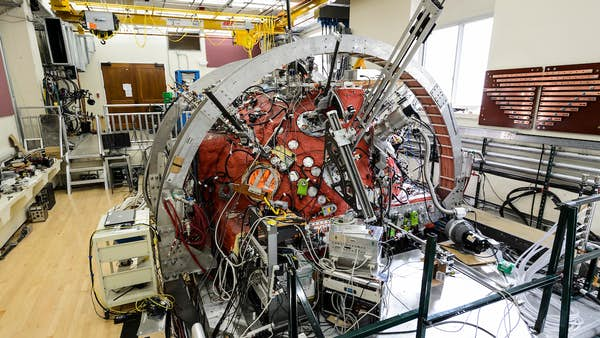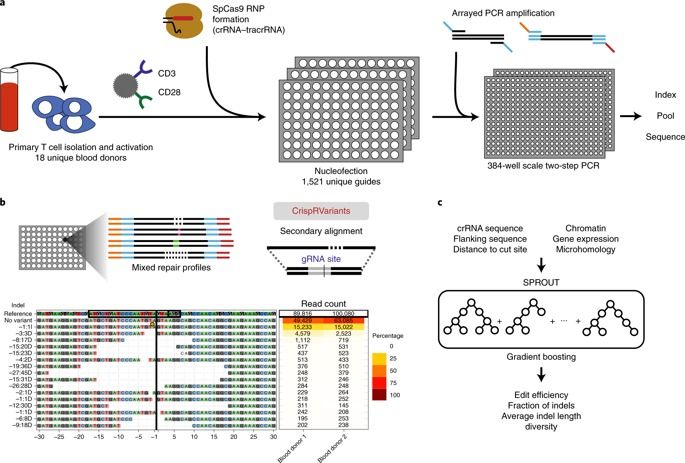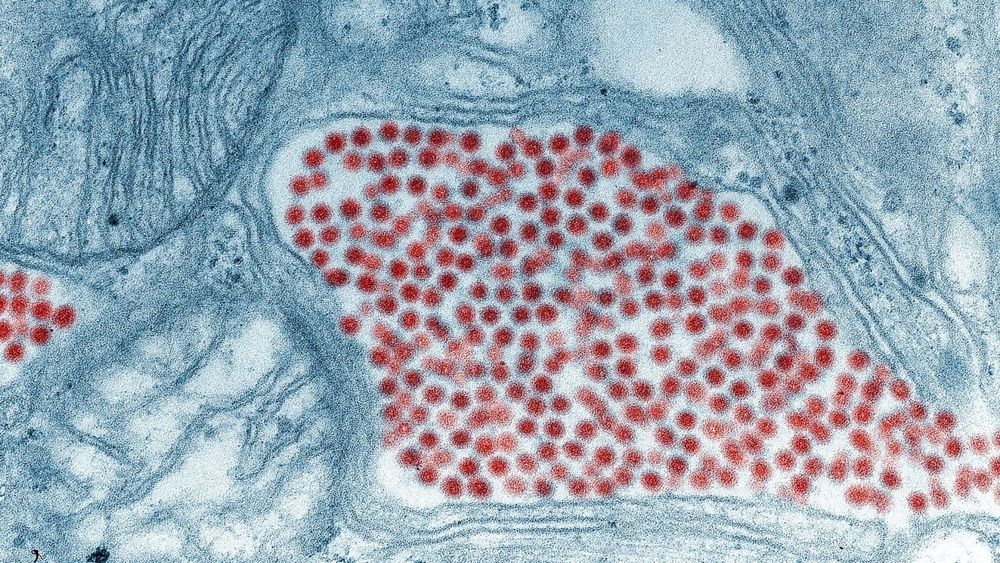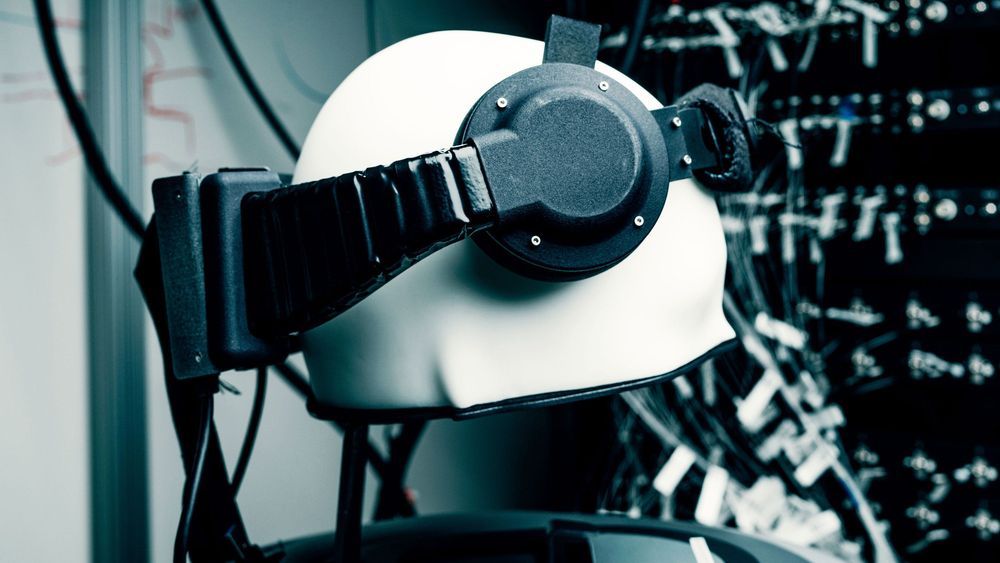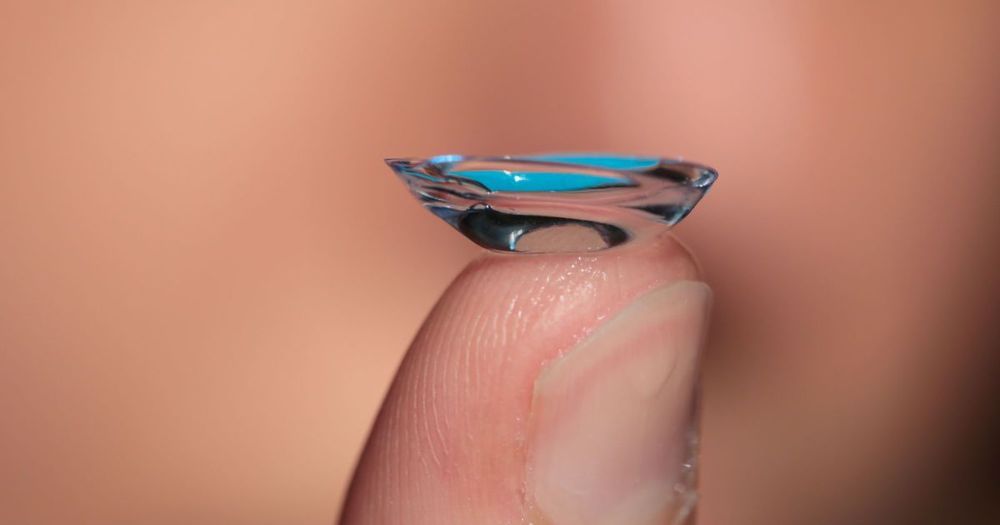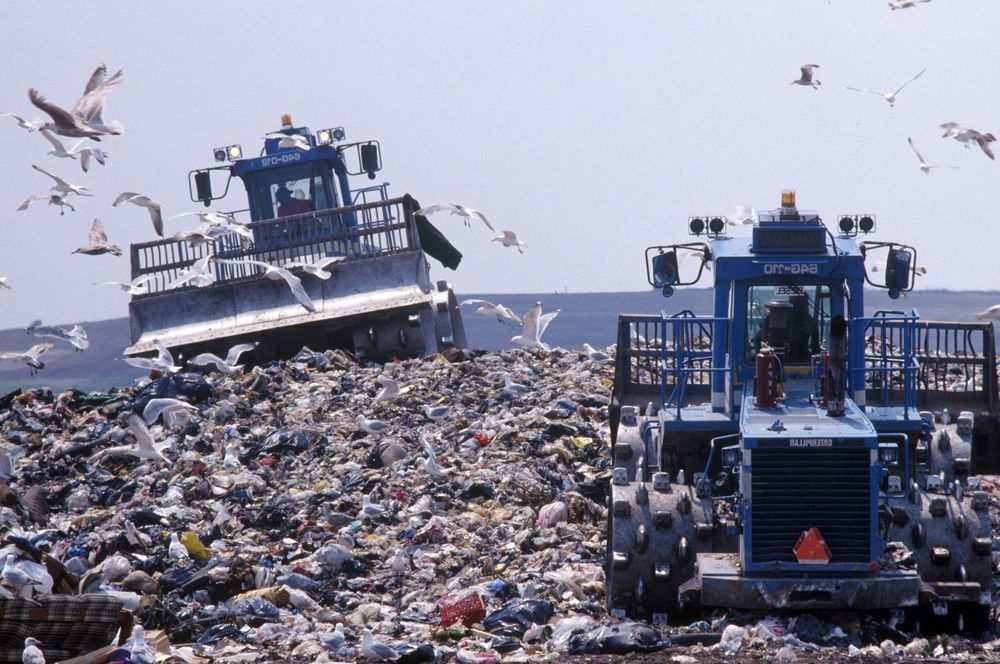Stand by to start space mining – not on an asteroid, but aboard the International Space Station (ISS). Delivered to the station by an unmanned Dragon cargo ship on July 27, an experimental mining kit developed by a team led by the University of Edinburgh will use bacteria to study how microorganisms can be used to extract minerals and metals from rocks on asteroids, moons, and planets.
Understanding of repair outcomes after Cas9-induced DNA cleavage is still limited, especially in primary human cells. We sequence repair outcomes at 1,656 on-target genomic sites in primary human T cells and use these data to train a machine learning model, which we have called CRISPR Repair Outcome (SPROUT). SPROUT accurately predicts the length, probability and sequence of nucleotide insertions and deletions, and will facilitate design of SpCas9 guide RNAs in therapeutically important primary human cells.
One of the most dangerous but thankfully rare mosquitoborne diseases has been spotted again in Florida, state health officials say. According to a public advisory issued this month by the Florida Department of Health in Orange County, the Eastern equine encephalitis virus (EEEV) was found in the state. The virus is capable of causing severe brain damage that can kill up to a third of its human victims.
EEEV can be spread by several species of mosquitoes, including those that make their home along the warmer areas of the U.S. Though many people infected with EEEV either develop no or only flu-like symptoms, around 5 percent go on to experience serious brain swelling (the titular encephalitis). This swelling can then lead to headaches, drowsiness, convulsions, and coma, with death coming as quickly as two days after symptoms start. And even if you’re lucky enough to survive the experience, you’ll probably be left with lifelong neurological impairment.
Ending Age-Related Diseases 2019 is over, and the dust is starting to settle after what can only be described as a hugely successful event for our organization. This was our second year of running a conference, and once more, we focused on the research and investment areas of rejuvenation biotechnology.
Totally sold out
This year, our venue at the Frederick P. Rose Auditorium at the Cooper Union in New York City was so popular that we totally sold out of tickets this year and had to turn people away! Our advice for next year is definitely to book early to avoid disappointment and take advantage of the lower prices that early booking offers.
Working with mouse and human tissue, Johns Hopkins Medicine researchers report new evidence that a protein pumped out of some—but not all—populations of “helper” cells in the brain, called astrocytes, plays a specific role in directing the formation of connections among neurons needed for learning and forming new memories.
Using mice genetically engineered and bred with fewer such connections, the researchers conducted proof-of-concept experiments that show they could deliver corrective proteins via nanoparticles to replace the missing protein needed for “road repairs” on the defective neural highway.
Since such connective networks are lost or damaged by neurodegenerative diseases such as Alzheimer’s or certain types of intellectual disability, such as Norrie disease, the researchers say their findings advance efforts to regrow and repair the networks and potentially restore normal brain function.
In 2017, Facebook announced that it wanted to create a headband that would let people type at a speed of 100 words per minute, just by thinking.
Now, a little over two years later, the social media giant is revealing that it has been financing extensive university research on human volunteers.
Today, some of that research was described in a scientific paper from the University of California, San Francisco, where researchers have been developing “speech decoders” able to determine what people are trying to say from their brain signals.
Dr. Deborah Mash, Professor of Neurology and Molecular and Cellular Pharmacology, Director of the Brain Endowment Bank at the University of Miami, and CEO of DemeRx — Ira Pastor — ideaXme Show
Posted in aging, biotech/medical, business, chemistry, genetics, health, life extension, neuroscience, science, transhumanism
To tackle this environmental catastrophe, U.S. companies and researchers are developing AI-assisted robotic technology that can work with humans in processing plants and improve quality control. The goal is to have robots do a better job at sorting garbage and reduce the contamination and health hazards human workers face in recycling plants every day. Sorting trash is a dirty and dangerous job. Recycling workers are more than twice as likely as other workers to be injured on the job, according to a report at the University of Illinois School of Public Health. The profession also has high fatality rates.
The U.S. is facing a recycling crisis that is burying cities and towns in tens of millions of tons of garbage a day. The problem began last year when China, the world’s largest recyclable processor, stopped accepting most American scrap plastic and cardboard due to contamination problems, and a glut of plastics overwhelming its own processing facilities. Historically, China recycled the bulk of U.S. waste.
Contamination in the U.S. is high since recyclables are often dumped into one bin instead of multi-streamed or separated from the source. Now China has strict standards for recycling materials it will accept, requiring contamination levels in a plastic bale, for example, contain one-tenth of 1%.
The situation is dire for many local economies as recycling costs skyrocket. It’s forced many cities and some small communities to stop recycling all together. Now more waste is ending up in landfills and incinerators.
KEVIN WERBACH is a professor at the Wharton School, University of Pennsylvania, and the author of The Blockchain and the New Architecture of Trust. Follow him on Twitter @kwerb.
